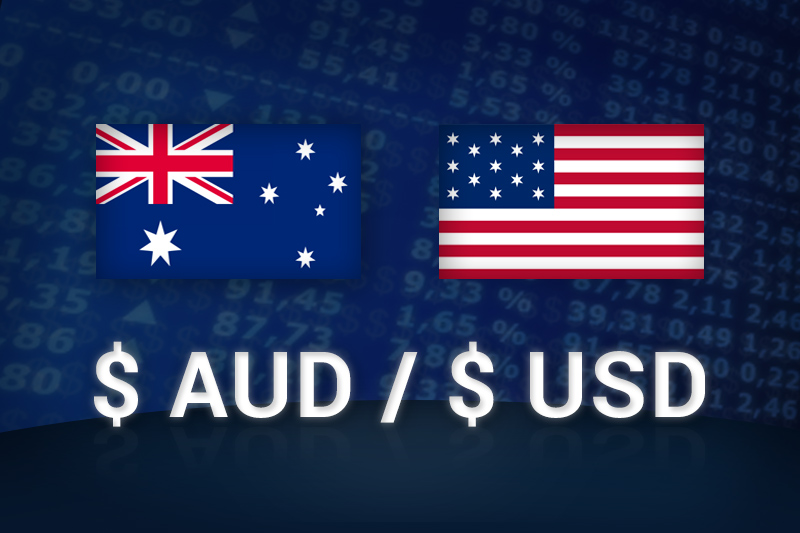Investing.com - The Aussie dollar regained some strength against its U.S. rival in Tuesday’s Asian session as traders set their sights on possible easing headlines out of the Bank of Japan meeting, which concludes later today, and tomorrow’s report on Australian inflation.
In Asian trading Tuesday, AUD/USD advanced 0.13% to 1.0516. The pair was likely to find support at 1.0468, the low of January 7 and resistance at 1.0557, the high of December 18.
Most economists expect the core reading of Australian inflation to come in at 0.7%, but if that reading is below the 0.5%-0.6% level, it could be the impetus the Reserve Bank of Australia needs to lower interest rates again.
Australia's benchmark interest rate is currently 3% following a 25-basis point reduction after the last RBA meeting. RBA next meets on February and the odds are currently even that the central bank will trim rates to 2.75%.
Elsewhere, AUD/JPY climbed 0.15% to 94.43. Traders appear convinced that the Bank of Japan will raise its inflation target to 2% from 1% to match Prime Minister Shizno Abe’s own target. At stake for the near-term fortunes of riskier currencies such as the Aussie dollar against the yen is whether or not BoJ announce additional monetary easing and/or asset-buying measures.
Last Friday, AUD/JPY traded as high as 95.02, a level not seen since 2008. While Japanese policymakers have previously failed to engineer inflation and stem the tide of the rising yen, Abe has at least given traders faith that Japan could be turning a corner.
Should that faith materialize into legitimate progress for the slumbering Japanese economy, it could be the Aussie dollar that benefits because, along with China, Japan is major Australian trading partner.
Meanwhile, EUR/AUD fell 0.11% to 1.2647 while AUD/NZD fell 0.26% to 1.2544. GBP/AUD added 0.01% to 1.5055.
In Asian trading Tuesday, AUD/USD advanced 0.13% to 1.0516. The pair was likely to find support at 1.0468, the low of January 7 and resistance at 1.0557, the high of December 18.
Most economists expect the core reading of Australian inflation to come in at 0.7%, but if that reading is below the 0.5%-0.6% level, it could be the impetus the Reserve Bank of Australia needs to lower interest rates again.
Australia's benchmark interest rate is currently 3% following a 25-basis point reduction after the last RBA meeting. RBA next meets on February and the odds are currently even that the central bank will trim rates to 2.75%.
Elsewhere, AUD/JPY climbed 0.15% to 94.43. Traders appear convinced that the Bank of Japan will raise its inflation target to 2% from 1% to match Prime Minister Shizno Abe’s own target. At stake for the near-term fortunes of riskier currencies such as the Aussie dollar against the yen is whether or not BoJ announce additional monetary easing and/or asset-buying measures.
Last Friday, AUD/JPY traded as high as 95.02, a level not seen since 2008. While Japanese policymakers have previously failed to engineer inflation and stem the tide of the rising yen, Abe has at least given traders faith that Japan could be turning a corner.
Should that faith materialize into legitimate progress for the slumbering Japanese economy, it could be the Aussie dollar that benefits because, along with China, Japan is major Australian trading partner.
Meanwhile, EUR/AUD fell 0.11% to 1.2647 while AUD/NZD fell 0.26% to 1.2544. GBP/AUD added 0.01% to 1.5055.
